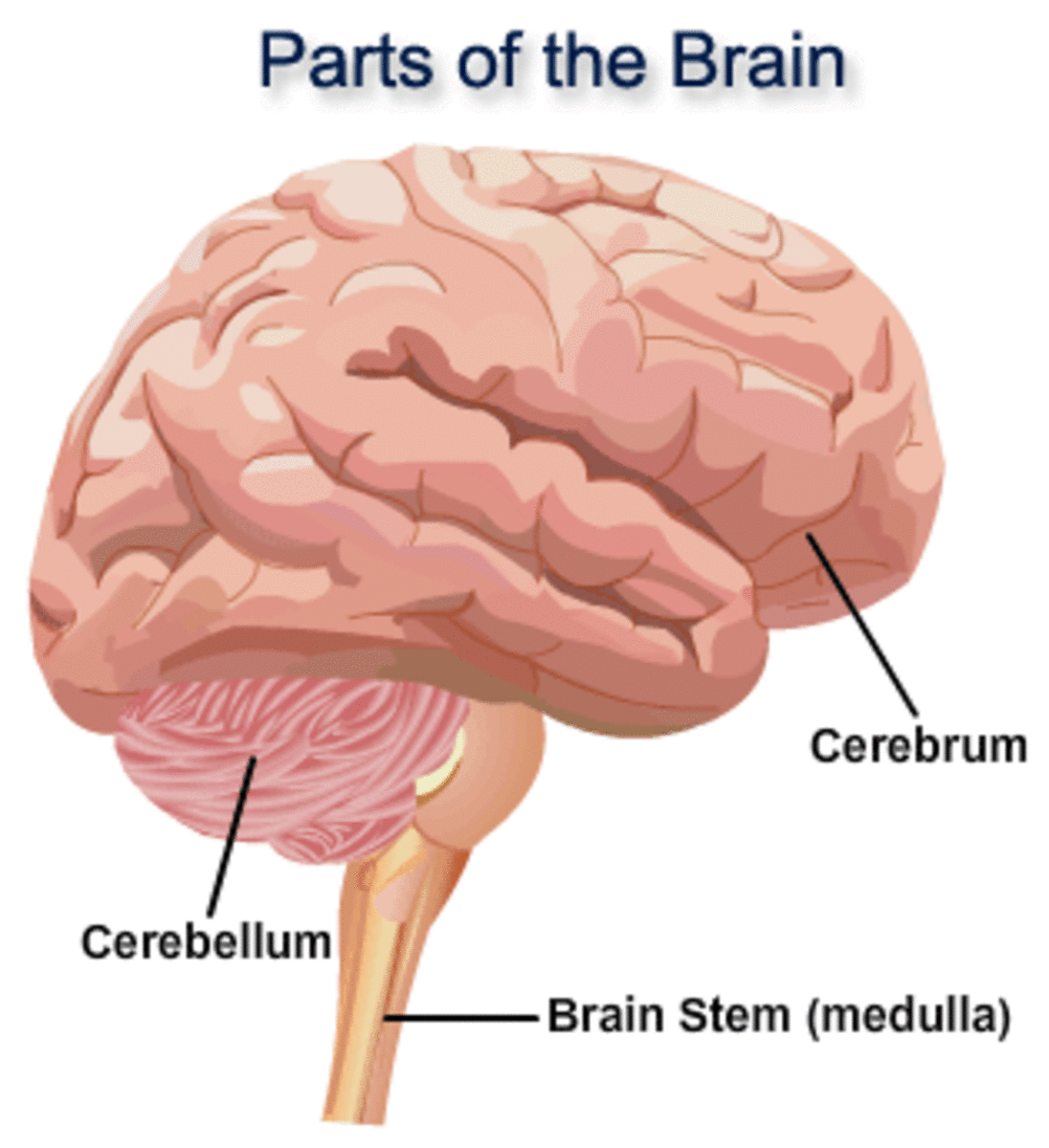Get This Report about Nurturing Your Inner Picasso: How to Stimulate and Activate your Creative Brain

Mapping Innovation: Understanding the Neural Pathways of the Creative Mind
Creative thinking is a sensation that has intrigued experts, artists, and thinkers throughout past history. It is the ability to produce brand-new suggestions, solve troubles in innovative methods, and make original works of art. But what goes on inside the brain when we are being artistic? How do our neural pathways contribute to this process? In this blog message, we will certainly explore the principle of mapping ingenuity and delve right into the interesting world of the innovative thoughts.
The human human brain is a intricate network of billions of connected cells contacted nerve cells. These nerve cells communicate with each other through electrical instincts and chemical signs, developing ornate process understood as nerve organs systems. It is within these systems that creativity takes form.

Neuroscientists have long been examining how various regions of the human brain contribute to artistic thinking. One location that has obtained considerable interest is the prefrontal pallium, which plays a vital role in higher intellectual functions such as problem-solving, decision-making, and imagination. Researches have presented that damage to this region can easily seriously harm a person's capability to believe artistically.
An additional vital gamer in imagination is the default setting system (DMN), a set of mind locations that ended up being active when our minds are at rest or interacted in casual thought. The DMN has been revealed to be included in producing ideas, castle in the air, and making connections between seemingly unconnected concepts – all vital parts of artistic thinking.
Current innovations in neuroimaging approaches like operational magnetic vibration imaging (fMRI) have allowed scientists to map out these neural paths associated with imagination much more specifically. By scanning individuals' human brains while they engage in various innovative jobs such as drawing or brainstorming, scientists may identify which regions are much more energetic during the course of these activities.
One research study conducted through analysts at Stanford University aimed to uncover how different types of ingenuity trigger distinctive neural systems. Participants were asked to finish activities entailing either imaginative imagination (e.g., drawing) or variant thinking (e.g., happening up with numerous options to a concern). The results presented that imaginative ingenuity largely interacted the aesthetic and electric motor regions of the brain, while different thinking triggered regions affiliated along with intellectual command and attention.
Surprisingly, study has also presented that specific elements can influence the neural paths of creative thinking. For instance, research studies have discovered that state of mind can easily influence innovative thinking. Favorable emotions like joy and happiness and delight have been presented to boost creative problem-solving capabilities, while damaging emotional states like despair or anger may prevent them. This suggests that the state of our psychological well-being directly influences how our human brains engage in artistic procedures.
In addition, scientists have discovered that particular individuals possess what is known as "enhanced innovation." These people exhibit a greater level of divergent thinking and are more likely to come up along with authentic concepts compared to others. Neuroimaging researches on these highly imaginative individuals have showed structural and functional distinctions in their brains contrasted to those with average or below-average creativity. These findings suggest that there might be a genetic component at play in determining one's creative potentials.
Understanding the nerve organs pathways of imagination not just provides valuable insights right into how our brains work but additionally has actually sensible ramifications. Through gaining a much better understanding of how creativity unfurls in the human brain, we may be capable to create approaches to improve it even further. This know-how can benefit a vast range of fields such as education, innovation, and therapy for individuals along with innovative blockages.
In final thought, mapping creative thinking includes unraveling the detailed neural paths within our minds that add to this outstanding phenomenon. Studying these paths can help us know the rooting systems responsible for human creativity and dropped illumination on why some individuals are even more naturally creative than others. By delving deeper in to this amazing topic, we might open brand new means of nurturing and encouraging imagination in ourselves and others.
Referrals:
1. Dietrich A., & Kanso R.. (2010). A customer review of EEG, ERP, and neuroimaging studies of creativity and knowledge. Emotional Bulletin, 136(5), 822–848.
2. Jung, R. E., & Vartanian, O. (2018). The Cambridge Handbook of the Neuroscience of Creativity. Cambridge University Press.
3. Takeuchi H., et al. (2010). Regional gray issue volume of dopaminergic device associate along with innovation: Evidence from voxel-based morphometry; Human Brain Mapping, 31(3), 398-409.
4. Ueda Y., et al. (2019). Found Here Underlying Mood Effects on Innovative Thinking: Evidence coming from an fMRI Research; Frontiers in Human Neuroscience, 13, 1-12.
